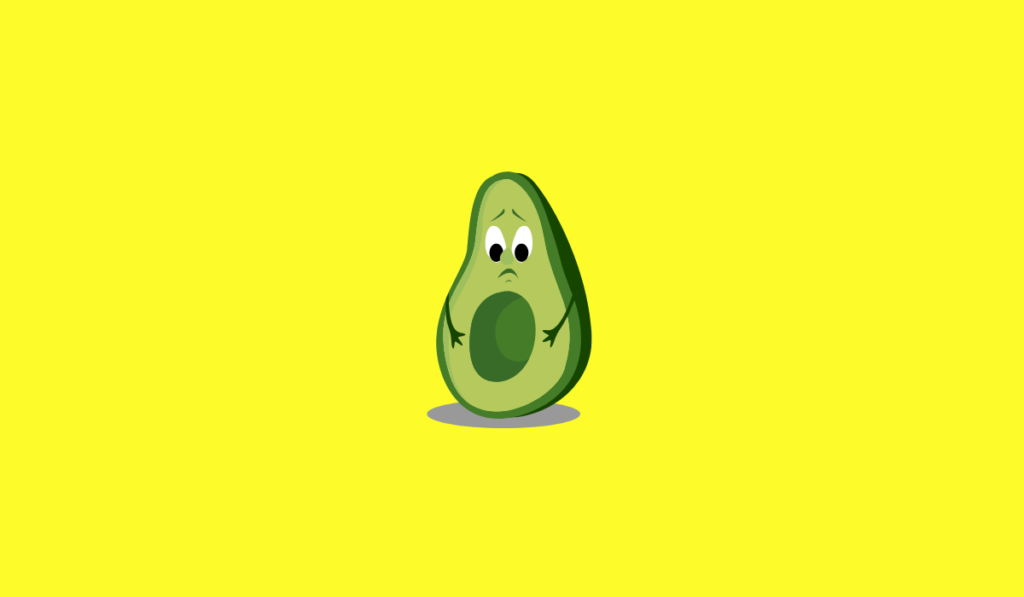The avocado fruit is healthy and tasty, but it’s often difficult to choose a good fruit in the store because they look almost identical. Cissismarket explains how to buy the right avocado
Table of Contents
Over the past few years, avocados have become very popular. And quite deservedly so – it’s rich in potassium, antioxidants, healthy fats and vitamins. It is very nutritious: 160 kcal per 100 grams. Nevertheless, doctors include avocado in many diets, as its polyunsaturated fats help reduce “bad” cholesterol and reduce the risk of cardiovascular diseases.
Avocados are usually used as a component of sandwiches, such as with poached eggs or red fish, or added to salads and bowls. One of the most popular recipes is the Mexican guacamole salad dressing. It is made from mashed avocados to which tomatoes, red onions, lime juice, garlic and spices are added. Oil is also squeezed from the avocado.
Avocado varieties
There are dozens of varieties of avocado in the world, and most of them are not imported to Russia. In general, they differ slightly in composition and nutrient content. The following varieties can be found on our shelves:
- Fuerte : oblong and rather large pear-shaped fruits with smooth, well separated green skin. The flesh is buttery, with a flavor of hazelnut. The stone is medium to small. Sold in summer and fall.
- Ettinger are elongated drop-shaped fruits of small size with thin and smooth green skins. It is one of the most delicious types of avocado – its flesh has a delicate nutty taste. But there is a significant disadvantage – a very large bone. In addition, such avocados are hard to peel. Season in the fall and the first half of winter.
- Hass – oval or round fruits. The skin is knobby, dark green or brown in the immature fruit, and blue-black in the mature fruit. The flesh is fatty and has a nutty flavor. The pit is usually small. These avocados are often found in Russia. They survive storage and transportation well, so they are sold year-round. The season is winter and fall.
- Lamb Hass : A medium-sized, creamy variety with a nutty flavor and a rich, buttery texture.
- Gwen : similar to Hass, but larger and have dark green skins. Sold in summer and fall.
- Bacon : small to medium sized fruits with smooth brown or dark green skins. The flesh is fleshy and watery, and the seed is large. The season is from November to March.
- Zutano : small, medium-sized pear-shaped avocados with a medium bone. The flesh is not as greasy as other varieties. A distinctive feature is the shiny yellow-green skin. Can be found from mid-autumn through February.
- Reed : large, round avocados with dark green, speckled skins. Unlike other varieties, does not change the color of the peel in any way when ripe. The season is from May to October.
How to choose the right avocado?
Notice the color. As a rule, ripe avocados are darker than unripe ones. This is not true of all avocados.
Examine the avocado skin. It should be smooth, with no dents, dark spots, cuts, or “sores. A dented avocado will almost always be brown on the inside. The texture of the skin is not important and depends on the avocado variety; some avocados have a bumpy skin, while others have a smooth skin.
Bend back the stalk and look underneath. If it’s brown in color, it could be overripe. If it is green, you can use it.
Remember, it is better to take an unripe avocado than a bad one.
Often you hear the advice to press on the avocado to check its ripeness. We don’t recommend doing this, since a wrinkled fruit spoils before it’s even ripe. If you do decide to touch it, press lightly, as if you were clicking a button on a computer mouse, which is enough. Also, it is safer for the avocado itself if you press on the narrow part near the stalk, not on the side.
If the fruit is soft but springy, it’s ripe and you can buy it to eat today or tomorrow. If the avocado is hard, it’s probably not ripe yet and will be in perfect condition in 4-7 days. If it’s too soft, it’s probably overripe.
How to choose avocados for sushi?
According chefs, Hass avocados are best suited for Japanese cuisine. It is ideal to use medium ripe, ripe but not overripe fruits, like butter that has just been taken out of the fridge, but it hasn’t had time to melt yet.

How do you choose an avocado with a small stone?
There are two rules here that seem somewhat contradictory, but they work.
Pay attention to the variety. Generally, avocados of round varieties, such as Hass, Gwen or Reid, have smaller pips and those of oblong varieties, such as Bacon or Ettinger, have larger pips.
Among many avocados of the same variety, choose the most elongated ones, which usually have fewer pips than rounded avocados.
How do you choose a haas avocado?
All the same rules apply here:
Pay attention to the color. If you want a ripe haas avocado, go for a blue-black or purple one. If you don’t use it right away, a greenish or brownish one will be better.
Prefer an oblong one; it may have a small seed.
What to do if the avocado is unripe?
Ripening avocados depend on ethylene, a gas that breaks down their inner walls and turns the starch into sugar. Under normal conditions, it is released slowly, which allows avocados to be stored for a long time. But this process can be accelerated.
Put the avocado in a paper or plastic bag. The gas will not release more, but it will dissipate less.
Put another fruit – an apple, kiwi, or banana – in the bag. They too release ethylene, which will begin to absorb the avocado; Vadim Malkov also recommends putting the avocado in rice or flour.
Put the avocado in the heat, so the ethylene will be released faster. In the refrigerator, on the other hand, the process will slow down.
If you need to soften the avocado very quickly, you can reheat it in the oven. Wrap the fruit in foil and place it in an oven preheated to 90-100°C for 10-30 minutes, time depending on how hard the fruit is.
You can also heat it in the microwave – two minutes on high is enough. After that, put the avocado in cold water to stop the decomposition processes.






